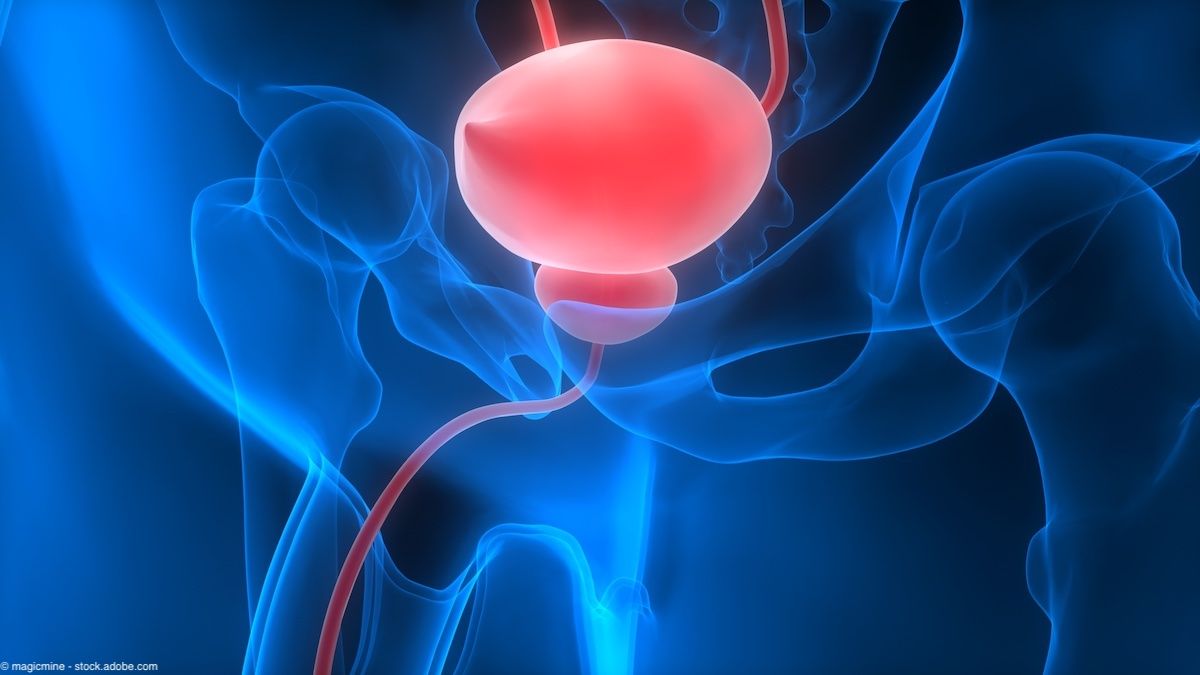Article
Post-treatment downgrading of vesicoureteral reflux beneficial in high-grade cases
Downgrading of high-grade vesicoureteral reflux (VUR) after endoscopic treatment performed because of breakthrough urinary tract infections results in cessation of febrile UTIs and, often, spontaneous VUR resolution as well.

Key Points
Boston-Downgrading of high-grade vesicoureteral reflux (VUR) after endoscopic treatment performed because of breakthrough urinary tract infections results in cessation of febrile UTIs and often, spontaneous VUR resolution as well, results of a retrospective study suggest.
At the 2011 American Academy of Pediatrics Section on Urology annual meeting in Boston, co-author Boris Chertin, MD, chairman of pediatric urology at Shaare Zedek Medical Center, Jerusalem, reported outcomes from follow-up of 18 patients (23 renal refluxing units [RRUs]) whose grade IV or V VUR was downgraded by two or more levels after endoscopic correction. Post-treatment, reflux was grade II in 21 of the RRUs and grade III in two, who had grade V VUR upon endoscopic correction.
All children had been on antibiotic prophylaxis but discontinued their medication after downgrading. They were followed with annual ultrasound along with dimercaptosuccinic acid (DMSA) scan at the beginning of adolescence, after puberty, or in case of significant deterioration in renal appearance on ultrasound. Repeat voiding cystourethrogram (VCUG) was performed only on request of the primary care physician or on enlistment into the army and was done in eight (44%) of the 18 patients because of recurrent afebrile UTI (two patients) or on entry into the army (six patients).
Pretreatment DMSA scan showed presence of renal scarring in 21 of the 23 RRUs with downgraded VUR. During follow-up, deterioration in renal function/new renal scarring occurred in a single patient who had severe scarring prior to endoscopic correction. Results of repeat VCUG showed resolution or further downgrading of the reflux to grade I in seven patients (88%).
"Endoscopic correction has become a first-line option for grades II-IV VUR at most centers, but it is used less for grade V disease because some studies report its success rate for achieving resolution is less than that of open surgery," Dr. Chertin said.
"The primary objective of our retrospective study was to address the paucity of information about the natural history of high-grade VUR after downgrading by endoscopic correction. We acknowledge that it is a small study with other limitations, including the possibility that we may be missing some cases of afebrile UTI or of VUR recurrence. However, we believe the results show that downgrading is a reliable option for treating high-grade VUR when accompanied by breakthrough infections because it leads to the cessation of febrile UTIs, may be followed by spontaneous resolution, and therefore potentially avoids further renal damage."
During the past 2 decades, endoscopic correction of primary VUR was performed in thousands of children at Shaare Zedek Medical Center. A review of records identified 54 patients with grade IV (74%) or V (26%) VUR (95 RRUs) treated because they were experiencing UTIs while on antibiotic prophylaxis. The 54 patients were predominantly female (74%), with a mean age of 1.8 years. The endoscopic procedures were performed using a variety of tissue augmentation substances, although nearly all were done with either dextranomer/hyaluronic acid copolymer (Deflux; 53%) or polytetrafluoroethylene (Teflon). Following endoscopic treatment, reflux was corrected in 36 patients (67%) and 72 (76%) of the RRUs.
"Although this study was not undertaken to assess the efficacy of endoscopic correction of high-grade VUR, our data provide evidence that it is effective and beneficial for allowing patients to avoid open surgery," Dr. Chertin said.





